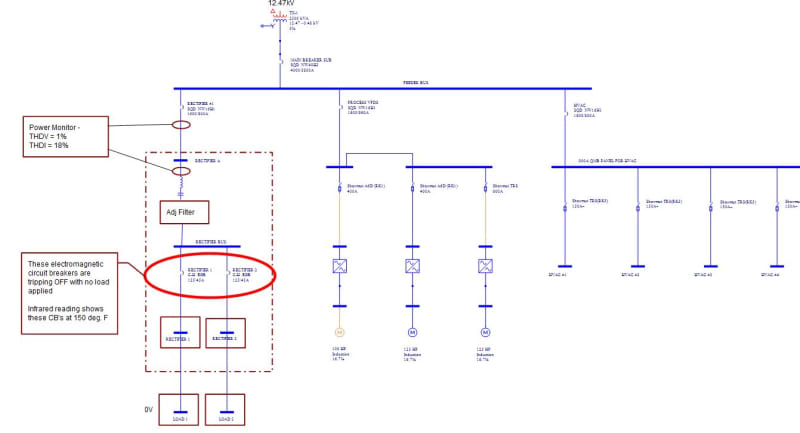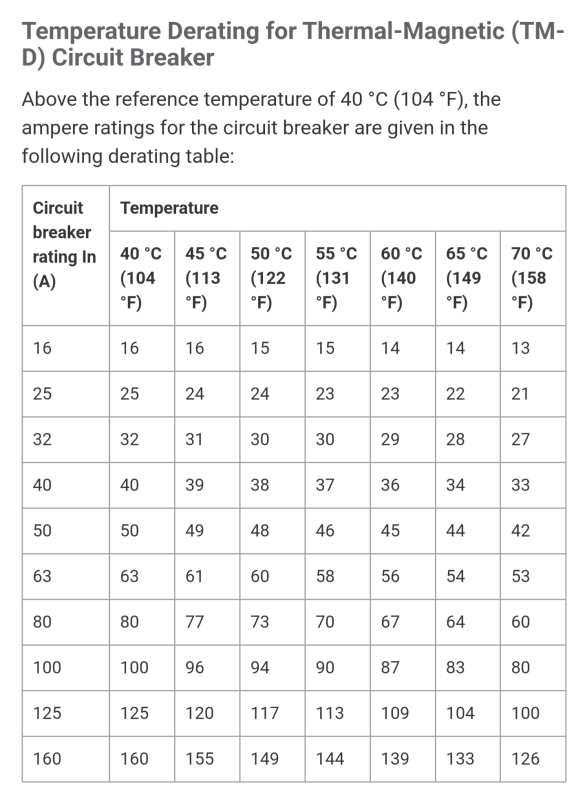The bus bars may have been stored in poor conditions for too long and have surface corrosion.
Depending on the style of breaker connection to the bus, the problem (with a dirty bus) may remain despite changing breakers.
A poor connection from the supply cable to the bus may be heating the bus.Try bypassing the bus with a similar breaker connected by a foot or so of adequately sized jumper conductors.
The jumpers should be long enough to isolate the breakers from any heat generated at the bus bars.
My first experience with the expert blaming "dirty power". His PLC was hanging up and he was fixated on a scope trace of the voltage output of his power supply.
The trace was not a perfectly straight line, there was a small amount of ripple.
The actual problem?
An input limit switch was faulty.
Another time: An expert was setting up a data link.
He reported that the power wiring done by our company was to blame.
When I arrived, followed shortly by my boss,the expert was lounging in a chair watching data hash scroll past on his monitor.
I asked what the problem was.
"The circuits are bad.
These two devices must be on two different circuits."
I replied;
"Well, I see a total of 7 devices.
We have given you 7 separate circuits.
I don't know where we can go from here."
My boss and I both turned and left.
The list goes on.
One of the most expensive experts caused a series of failures during the start-up of a very large walking dragline.
His culmination was several tens of thousands of dollars damage to the machine due to his refusal to reverse one trace when comparing two phases of a delta circuit on a dual trace scope. That effectively reversed the incoming signal.
The circuit was from a Selsyn transmitter in a circuit that kept both sides of the machine in sync when it was walking.
His mistake resulted in one side trying to walk west while the other side tried to walk east.
With 2100 HP fighting 2100 Hp, the damage was expensive.
Find the source of the 150C heat!!!
Use my suggestions or your own method,but;
Find the source of the heat!
Don't worry too much about what the expert says.
But, are the breakers GFCIs? You havent said.
Some GFCIs are sensitive to very dirty waveforms.
While dirty power may still be the source, I doubt it.
There are a lot of things to check first, and your 1% voltage distortion makes dirty power about a 1/100,000 possibility.
The 18% current distortion is telling us that the rectifiers are a non-linear load, and the 18% current distortion may or may not be contributing to the voltage distortion.
And, by the way, when dirty power tripped the GFCIs, they did not get hot. They tripped instantly.
--------------------
Ohm's law
Not just a good idea;
It's the LAW!


